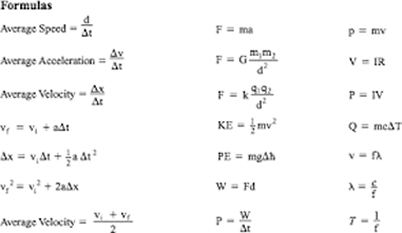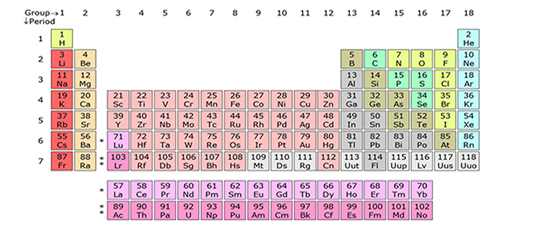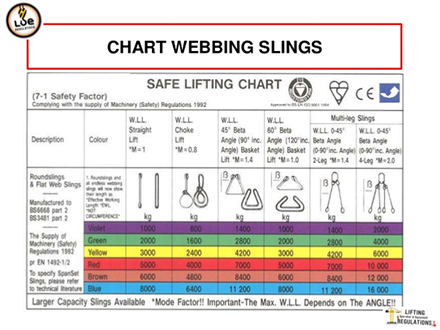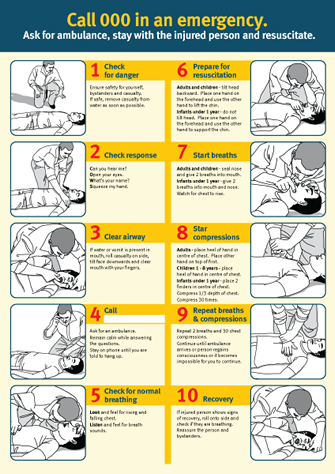External Memory Support
External memory aids are used in situations where it is not essential for learners to be able to recall all information on demand. Rather, they need to be able to apply rules, execute procedures or make decisions while having access to a performance support resource such as a technical manual or checklist.
In such situations, some of the factual information may be collected, organised and made accessible in the resource.
The benefits are twofold. Firstly, there is a reduction in the amount of information that must be learnt and recalled. Having access to an external memory aid means that part of the task has been redesigned to become one of recognition rather than recall.
Secondly, with the removal of some of the factual information from the learners’ syllabus, they are better able to focus their cognitive resources on the remaining content dealing with how various elements interact or the dynamics of a process.
To-be-learnt content should be analysed to identify definitions, rules and formulae that need to be applied and procedures that need to be executed, but for which a learner may refer to an external memory aid.
The task performance should be redesigned to include the external memory aid as an explicit reference resource during task performance.
Hard copy media such as wall posters, reference sheets and wallet cards may be used as external memory aids containing definitions, rules and procedures. These should be designed in accordance with instructional design recommendations aligning to cognitive load theory.

Formulae sheets may be used in mathematics and science to provide access to formulae for trigonometric functions, integrals, and kinematics.
Note that these are made available during examinations.

The periodic table presents all elements. It provides their names, atomic weight and valency.
The structure of the table indicates information about the chemical properties of the elements.

Slinging charts provide quick reference to maximum loads that may be lifted using various slinging arrangements.

Swimming pools are required by law to display signage instructing the steps required to perform cardiopulmonary resuscitation (CPR).
The intention is that people are trained in how to apply CPR, and that this is a support to the task performance.
